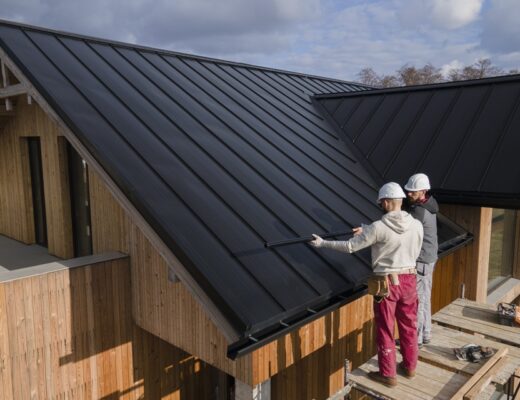Before attempting any repairs, get the okay from your insurance provider. It will help prevent you from paying for something twice. Remember the safety instructions from fire officials and any building inspectors. Keep people, pets, and plants away from areas contaminated by smoke, heat, and soot.
Repair Or Replace Damaged Items
After assessing the damage, your fire restoration company will recommend repairing or replacing damaged or destroyed items. You can expect the cost to be high; even a small house fire leaves behind smoke and water damage that will add up. During this phase, it’s important to have a home inventory, which will help you get the most out of your insurance claim. You’ll need to know the true value of your possessions, including their age, condition and date of purchase. If the fire caused extensive structural damage, you must secure the property to prevent theft and inclement weather. Denver Restoration Company can board up unsafe areas and cover the roof with a tarp to protect your belongings from the elements. It will also keep out vandals and thieves.
Clean Up
After the fire is out, you need to begin cleanup and recovery. Start by ventilating the area and removing all signs of smoke damage from walls, ceilings, furniture, carpeting, curtains, and clothing. Keep an inventory of your possessions so you can later file an insurance claim and discard anything too badly harmed to clean or replace. Smoke (and the soot that goes with it) damages porous materials like plastics and some types of stone. It also stains or discolors painted surfaces and corrodes metals. You could need to repaint or redecorate depending on how much of your property was damaged.
If the fire is not too extensive, you can return to your home within a few weeks after cleaning it up. However, if the fire caused severe or widespread damage to your house, it may take months before you can move back in. The first step of the process is to ensure your safety by having the building inspected for structural and safety issues by the fire marshal or a representative from your insurance company.
Assess The Damage
A fire inspector must evaluate the damage before the repair procedure can start. This assessment usually starts outside, as the inspector checks to ensure the house is structurally sound before moving inside. The inspector will also check for any non-structural damage to the home, such as if the roof is missing shingles or if the wood underlying the shingle has become damaged by the heat of the fire. Once the fire department and structural engineer have determined it is safe to enter, contact your insurance agent. They will provide you with the next inventory, repairs, and financial assistance steps. Before re-entering your home, finding another place to live while the property is being repaired is important. It is because living in a damaged house can be dangerous. For example, the smoke and soot can create toxic conditions that are unhealthy for you and your family. It’s also a good idea to keep track of receipts for meals, temporary housing, and other expenses that you may be reimbursed for by your insurance company.
Rebuild
When deciding to rebuild after a house fire, the first step is getting various contractors’ estimates. It will help you negotiate with your insurance company. If you have a home warranty policy, this may help to pay for some of the costs. It is also important to consider how long it will take to get your home back in livable condition. The degree of the damage, the extent of the smoke damage, and the salvageability of the individual goods may all have a role. Smoke also discolors porous materials, including plastic and some types of stone. Smoke can also damage electrical wiring. Any wire insulation that has burned should be replaced. It is important to remember that moving back into a home that a fire has damaged can be hazardous for your health. Exposure to smoke, soot, and other chemicals can cause respiratory, skin, and eye problems.








No Comments